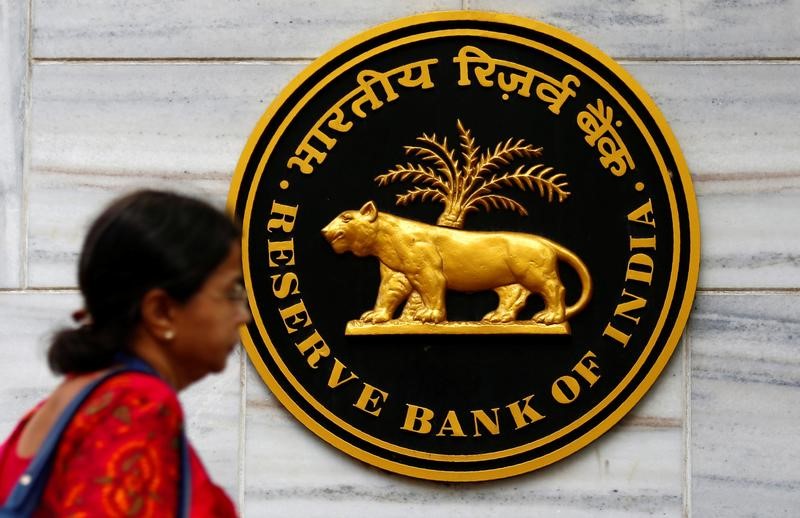By Ambar Warrick
Investing.com-- The Reserve Bank of India raised interest rates as expected on Friday and flagged the need for more policy tightening, but trimmed its annual GDP forecast citing increased inflationary pressures and headwinds from global economic weakness.
The bank raised interest rates by 50 basis points (bps) to 5.90%, their highest level since April 2019, with five out of six members of the Monetary Policy Committee agreeing to the hike. The raise comes amid growing weakness in the rupee, which sank to a record low in September on increasing pressure from rising U.S. interest rates.
Indian consumer price inflation has also proven to be stickier than expected this year, due to high fuel prices and a scattered monsoon pushing up food prices. Inflation is trending at a two-year high of 7%, above the central bank’s target range of 2% to 6%.
But RBI Governor Shaktikanta Das said in a livestream that the bank now expects real gross domestic product growth of 7% in fiscal 2022-2023, down from the bank’s previous forecast of 7.2%.
India's economy expanded by 13.5% in the three months to June. But the figure was lower than market expectations for a growth of 15.2%.
Das said while the Indian economy remained resilient, it was facing more headwinds from geopolitical tensions and tightening monetary conditions across the globe.
Das also maintained the country’s retail inflation forecast at 6.7% for the current fiscal year. He stated that the bank will continue to focus on withdrawing accommodative monetary policy in order to counter inflation trending at "alarmingly high levels."
The rupee trimmed some losses after the rate hike, but remained under pressure from dollar strength and weakening sentiment. The currency traded down 0.2% at 81.616, close to a record low.
Friday’s hike marks the fourth time the central bank has raised rates this year. Like most emerging market central banks, the RBI is raising rates to maintain a gap between U.S. and local rates and curb further losses in the rupee.
